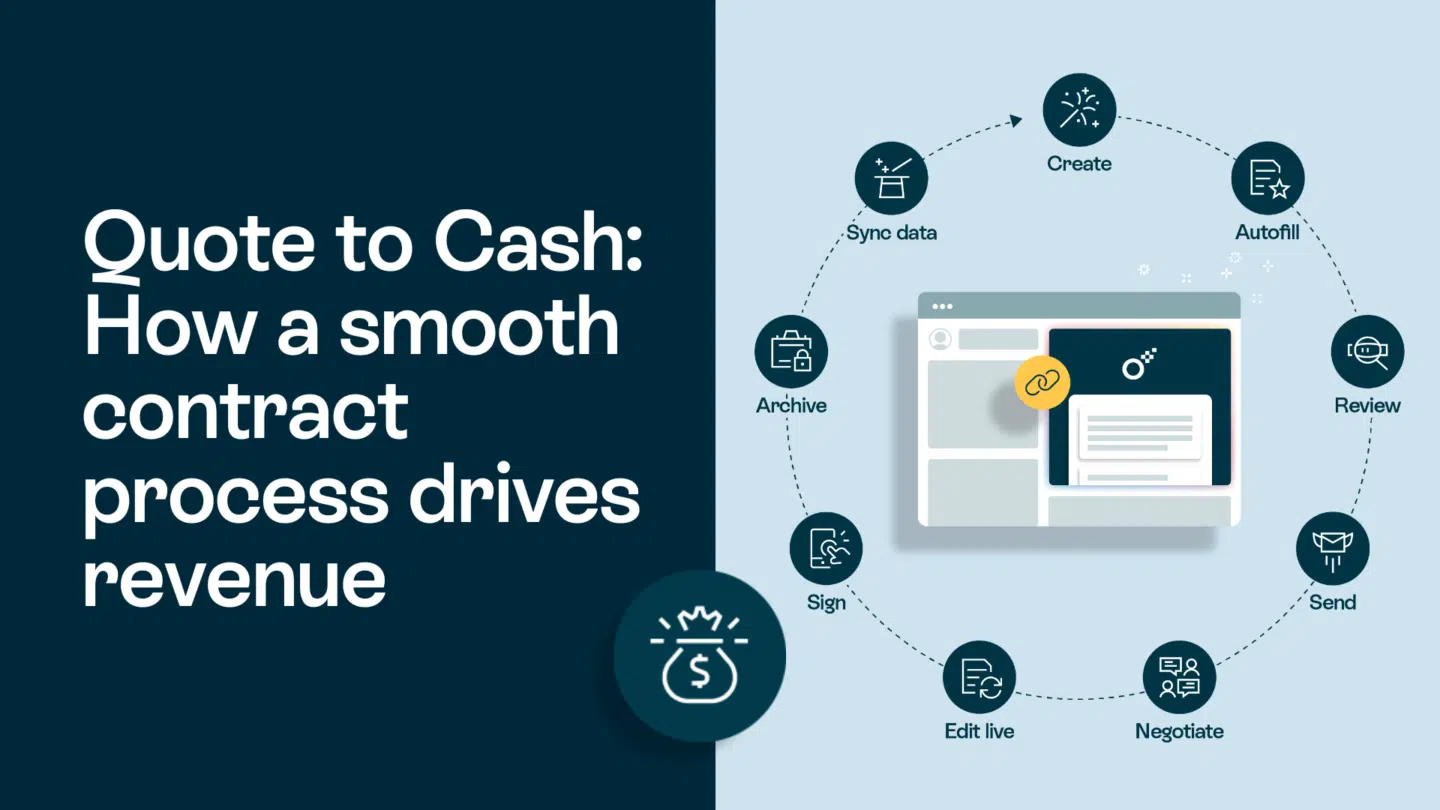In modern business, e-commerce is becoming more and more popular. However, with the growth of these digital storefronts, come rising threats to e-commerce businesses that users must be aware of. It has been reported that Twitter had a massive data breach that affected millions of users throughout the world, but had not been reported until later.
With more cyber criminals targeting e-commerce sites, a lack of industry regulation, and an abundance of customer data that companies handle, these threats are becoming increasingly serious. This article will explore the various threats that e-commerce businesses face – and how they can protect themselves.
1. Understanding email marketing cybersecurity risks
Email marketing is an important part of e-commerce, but cybersecurity risks are associated with it. Email marketing can be targeted and cost-effective but can spread malicious software and links.
Therefore, it’s important to use secure email marketing systems. Educating staff on the potential risks of email marketing and the necessary policies and procedures to prevent security breaches is essential.
Cybercriminals are also targeting businesses through the use of phishing scams. Phishing is a cyber attack in which an email is sent to an individual or business that appears to be from a legitimate source. The email may contain links to malicious websites or instructions to install malicious software.
Companies must ensure that their employees are educated on recognizing and avoiding phishing emails, and the emails they receive must get scanned for potential threats. Additionally, companies should regularly update their network security software to ensure any malicious software is detected and blocked, especially if running on a headless architecture.
Overall, email marketing can be a powerful tool for e-commerce businesses, but with this power comes the potential for cyber threats. Therefore, it is essential for businesses to be aware of these threats and to take proactive measures to protect their customer data and information.
By utilizing secure email marketing systems, educating staff on potential risks, and regularly updating security software, e-commerce businesses can significantly reduce their cybersecurity risks.
Read also: 5 best Google Docs add-ons for sales reps

2. Common email marketing cybersecurity threats
Email marketing has become a popular tool for companies in their e-commerce ventures. However, it is also a common target for cybercriminals, due to the personal information and customer data contained in emails. Phishing attacks, spam messages, and malicious links are the most common threats that email marketing poses.
Phishing attacks are the most dangerous of these threats, as they can contain malicious links or attachments that, when clicked, can deploy viruses or malware onto a user’s computer. These attacks aim to gain access to customer data, such as credit card information and other sensitive data.
Spam messages are another type of threat that users must watch out for. These messages are typically sent by malicious users or bots and can contain malicious links or attachments. Additionally, these messages can be designed to impersonate legitimate companies, or sent to large groups of users, making them difficult to filter out.
Most email marketing services have built-in spam and malware filters. However, users should still be aware of the threats posed by malicious links or attachments and be careful about clicking on any links in an email, regardless of the sender.
Additionally, companies must ensure that their email marketing services are updated with the latest security patches and software updates to minimize the risk of a malicious attack.
3. threats to e-commerce businesses: Cybercriminals’ access to sensitive data
The most common way to access sensitive data is through malware and other malicious software, which can be installed on a company’s dedicated server, or the customer’s device. These malicious programs can then infect the company’s system and steal customer information, such as credit card numbers, passwords, and other private data.
Another way that cybercriminals can access sensitive data is by using phishing attacks. In these attacks, the cybercriminal creates a fake website that looks exactly like the original one – but is a scam. The scam’s goal is to lure customers into inputting their data, which cybercriminals can use to access their accounts and steal their money.
Finally, cybercriminals can use social engineering tactics to access sensitive data. In these attacks, the cybercriminal will attempt to gain a customer’s trust by pretending to be a customer service representative or a trusted acquaintance. Once the customer is tricked into trusting the cybercriminal, the cybercriminal can steal their data. Observability can help detect e-commerce anomalies, helping businesses take proactive security measures early on. Full stack observability also ensures regulatory compliance and facilitates audits by maintaining logs and monitoring system behaviour.
Read also: How AI can boost your sales: A somewhat complete guide for 2023*

4. Protect passwords and secure accounts
To protect both your business and your customers, there are a few steps you can take to secure your e-commerce accounts and ensure their passwords are kept safe. The most important step is to create strong passwords that are difficult to guess.
When creating a password, try to use a combination of both upper and lower-case letters, numbers, and special characters. Using different passwords for different accounts and changing them periodically is also important.
Additionally, many e-commerce websites offer two-factor authentication for stronger security. Users will need to provide two pieces of information before accessing an account. It can include a code sent to their email address, a code sent to their phone number or a physical token such as a security token or a fingerprint.
Furthermore, businesses should make sure they have tight security measures in place on their e-commerce website, such as using magic links for user authentication, which adds an extra layer of security. This method complements the use of a secure socket layer (SSL) certificate to encrypt any data transmitted between the website and the customer. This encryption will protect customer data, such as credit cards and personal information, from being exposed.
Additionally, businesses should make sure they have a secure firewall in place to protect against malicious attacks.
Lastly, e-commerce businesses should ensure their data is backed up regularly, as this will help them protect their information in the event of a data breach.
5. Prevent data leakage through encryption and authentication
Data leakage is one of the major threats that e-commerce businesses face when handling customer data. Encryption allows data to be stored and transmitted securely, while authentication protocols protect unauthorized access. Encryption works by encoding data into a format that anyone else cannot decode.
On the other hand, authentication protocols use passwords, two-factor authentication, and other methods to ensure that only authorized personnel can access the data. Encryption and authentication protocols are essential for e-commerce businesses to ensure the safety and security of customer data.
Companies can use encryption to ensure data is kept secure and authentication protocols to prevent unauthorized access to the data. Additionally, companies can implement data access policies that specify who can access customer data and how it can get used.
Read also: What is e-procurement and what are the benefits to your business?

Tips for implementing sophisticated cybersecurity solutions
Implementing sophisticated cybersecurity solutions is essential for e-commerce businesses looking to protect their digital storefronts. It is important to ensure that all data stored and used by the business is encrypted, including customer data stored in databases. It will prevent any sensitive information from being viewed or stolen by cybercriminals.
Additionally, businesses should invest in software solutions that monitor their networks for suspicious activity and anti-virus and malware protection to safeguard against malicious software.
Training employees to identify and respond to potential cyber threats is also important. Businesses should also implement a strong password policy, as well as implement Multi-factor authentication when possible. It will help protect accounts from unauthorized access.
Finally, businesses should create a policy outlining the proper steps to take in the event of a security breach. It will ensure that any potential threats are addressed quickly and effectively. By following these tips, businesses can ensure that their digital storefronts are safeguarded against potential cyber threats.
The key takeaways
The rising threats to e-commerce businesses can cause irreparable damage if not addressed quickly and efficiently. Therefore, companies must ensure their data’s security, including employing cybersecurity experts, investing in secure payment processing systems, and regularly training their staff.
Additionally, companies must stay up-to-date on the latest cybersecurity trends and create robust backup and recovery plans. Finally, companies need to have an action plan to respond quickly should a breach occur.







